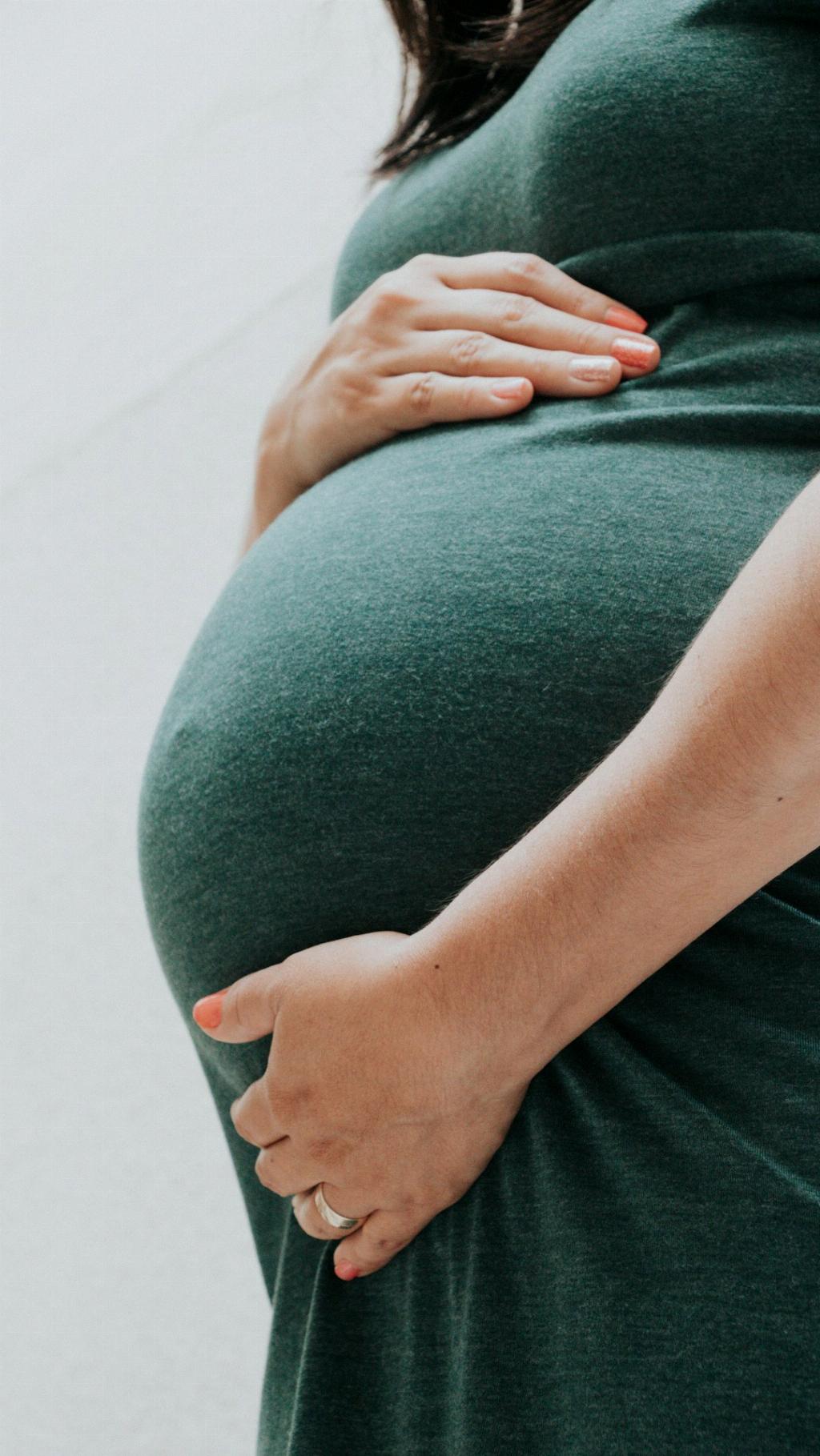When it comes to pregnancy tests, the sugar pregnancy test is a unique method that has gained popularity among some individuals. Advocates of this test suggest that a positive result can be identified by observing the behavior of sugar when it comes in contact with urine. Let’s delve into the details of how a positive sugar pregnancy test may look.
The Process of Conducting a Sugar Pregnancy Test
Before we explore the appearance of a positive result, it’s essential to understand how a sugar pregnancy test is performed. The test involves adding a few tablespoons of sugar to a small cup and then pouring urine over the sugar. Proponents believe that the reaction of sugar to certain hormones present in the urine can indicate a potential pregnancy.
Interpreting the Results
According to those who support the sugar pregnancy test method, a positive result is characterized by a specific visual change in the sugar. It is suggested that if the sugar clumps together and forms a solid mass when exposed to urine, it could indicate a positive pregnancy test result.
Understanding the Science Behind It
While the concept may seem straightforward, the scientific basis for the sugar pregnancy test is not well-established. Supporters claim that certain hormones produced during pregnancy, such as human chorionic gonadotropin (hCG), can interact with the sugar and cause it to clump together in the presence of urine.
Limitations and Reliability
It’s important to note that the sugar pregnancy test is not considered a reliable or accurate method for confirming pregnancy. The results of this test are subjective and can be influenced by various factors, such as the amount of sugar used, the consistency of urine, and individual interpretation.
Seeking Professional Confirmation
While at-home pregnancy tests, including the sugar pregnancy test, can be appealing due to their simplicity and low cost, it’s crucial to consult with a healthcare provider for a reliable and definitive confirmation of pregnancy. Medical professionals can conduct more accurate tests, such as blood tests or urine tests, to confirm pregnancy.
Considering Alternative Testing Methods
In addition to traditional pregnancy tests, there are various other methods available for detecting pregnancy, such as digital pregnancy tests, urine tests, and blood tests. These tests are designed to provide accurate results based on the levels of hormones present in the body.
Weighing the Risks and Benefits
Before attempting any home pregnancy test, including the sugar pregnancy test, individuals should consider the risks and benefits associated with these methods. While home tests can offer convenience and privacy, they may not always provide reliable results.
Consulting with Healthcare Professionals
For individuals who suspect they may be pregnant or are attempting to confirm a pregnancy, it is advisable to schedule an appointment with a healthcare provider. Professional medical guidance can offer clarity and support throughout the pregnancy confirmation process.
Embracing Evidence-Based Practices
When it comes to matters as crucial as pregnancy testing, relying on evidence-based practices and validated medical procedures is essential. Healthcare providers are equipped with the knowledge and tools to accurately assess pregnancy status and provide appropriate care.
Conclusion
While the sugar pregnancy test may hold intrigue for some individuals, its reliability and accuracy remain questionable. For definitive confirmation of pregnancy, it is recommended to seek professional medical guidance and utilize established methods of testing. Understanding the nuances of pregnancy testing can empower individuals to make informed decisions regarding their reproductive health.

